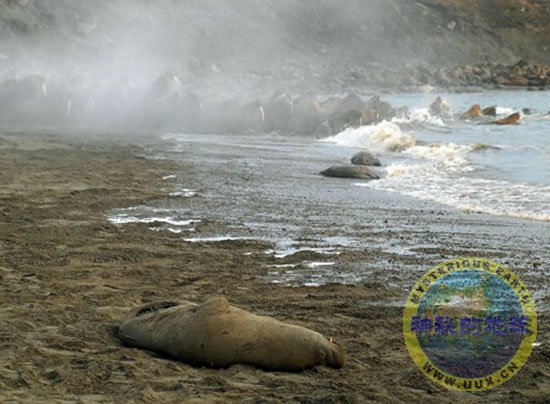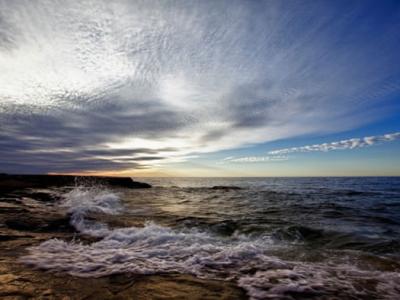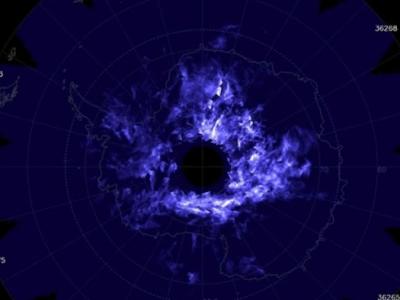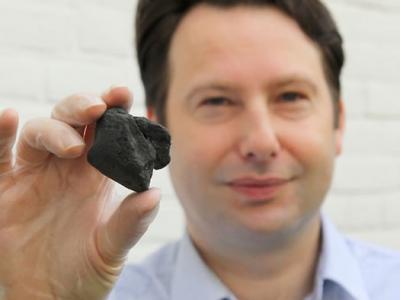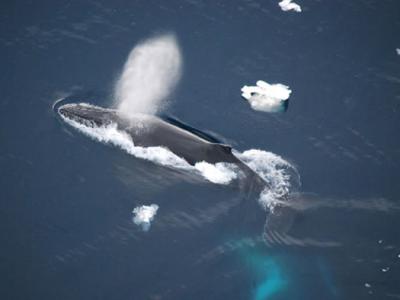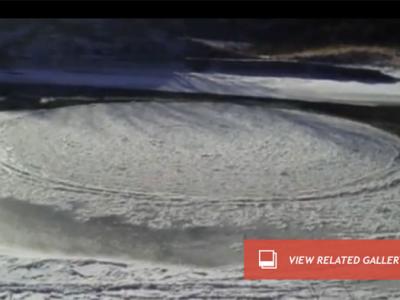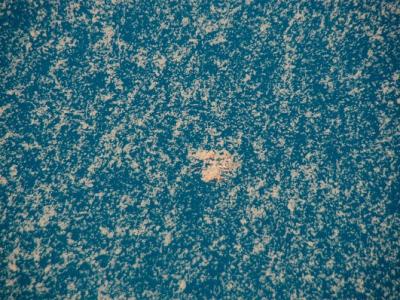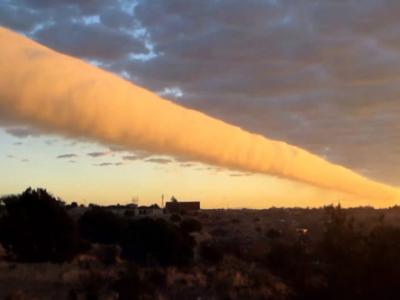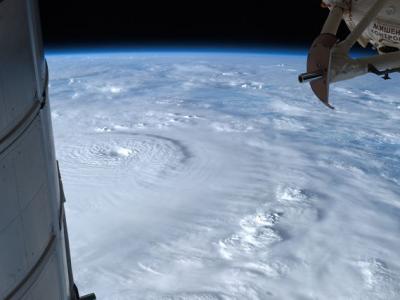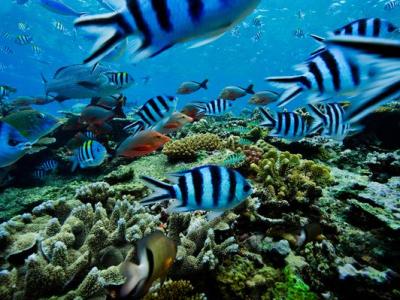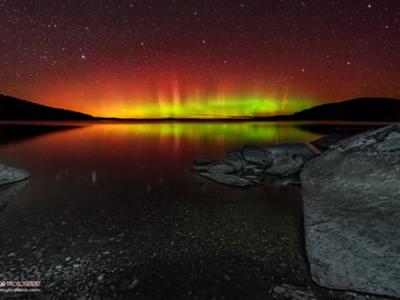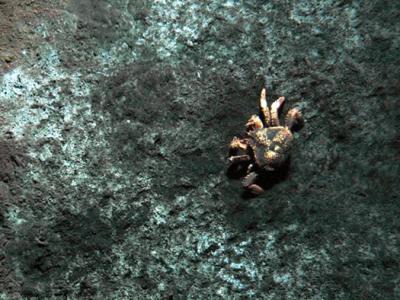Young Walruses Trampled by Stampedes in Warming Arctic
A Pacific walrus lies dead in the sand following a stampede on Cape Vankarem, Russia, in March 2007.
Several thousand young walruses were trampled to death this year after giant herds of stranded animals got spooked and ran for the water, scientists report.
Disappearing sea ice has forced the mammals to crowd together on land instead of the ice floes they usually rest atop between hunts.
Photograph by AP/Pacific Institute of Fisheries and Oceanography, Anatoly A. Kochnev
John Roach
for National Geographic News
December 26, 2007
Add the Pacific walrus to the growing list of species imperiled by fast-melting Arctic sea ice.
Several thousand young walruses were trampled to death this past summer and fall when giant herds of stranded animals got spooked and stampeded into the water, scientists report.
Walruses feed on clams and other bottom-dwelling creatures in the shallower waters along the coasts and usually rest on ice floes between meals, said Bruce Woods, a spokesperson for the U.S. Fish and Wildlife Service in Anchorage, Alaska.
But in 2007 northern sea ice retreated faster and farther from the shoreline than ever recorded—well beyond the shallow waters. The hungry mammals were forced to clump together on land instead.
"They came ashore in places that we hadn't seen before and in numbers that in many cases were considerably larger than we'd ever seen before," Woods said.
The crowding was particularly acute on the Russian side of the Bering Strait, according to Russian biologists who collaborate with the U.S. Fish and Wildlife Service.
At one location, the scientists counted 30,000 walruses.
Like any herd animal, walruses are easily spooked, Woods noted. Loud boats, low-flying airplanes, or the sight of predators such as polar bears cause them to panic and rush toward the water.
"Particularly when their numbers are so great, sometimes walruses are hurt or killed in stampedes, and the ones that tend to be hurt or killed, of course, are going to be the smaller animals," Woods said.
Russian biologists counted about 3,000 to 4,000 walrus carcasses along the coast in the areas they surveyed—higher than normal. Polar bears were spotted scavenging the remains.
Population Impact?
The loss of 4,000 or more Pacific walruses is not a major blow to its population, wildlife service experts say.
While scientists lack a firm population estimate for the species, researchers have encountered herds as large as 100,000 in recent years, Woods said.
But if the sea ice continues to shrink—as climate models suggest it will—"we've got to anticipate that there will be additional impacts," Woods said.
For example, large congregations of walruses on the coastline may begin to overgraze available food, noted Kassie Siegel, an attorney and climate change campaigner for the Center for Biological Diversity in Joshua Tree, California.
Siegel's organization has led the effort to protect polar bears under the U.S. Endangered Species Act in light of their melting sea ice habitat. A final decision on the listing is due early next year.
The activists also filed a petition last week to list the North Pacific-dwelling ribbon seal under the act. Like the polar bear, the seal depends on the sea ice for survival.
The Pacific walrus also likely warrants protection, Siegel said, though scientists currently lack sufficient data on the species' habitat and population size compared to species such as polar bears.
Another subspecies of walrus, the Atlantic walrus, lives in Canada and Greenland and is already considered in danger.
"It's not that the species is necessarily at less risk," Siegel said. "It's just that we don't know as much about it."
Stopping Stampedes
Wildlife service biologists, in collaboration with Russian colleagues, are currently pulling together data from the first attempt to estimate the Pacific walrus population.
Their research methods included tagging, satellite imagery, and infrared photos taken from airplanes. The infrared images allow scientists to count walruses from heat escaping from their bodies.
Woods said the unexpectedly rapid melt of the sea ice this summer increases the need for the population estimates and will likely drive more studies on the impact of the melting ice. (See pictures of the "Big Thaw".)
In the meantime, the service is ramping up outreach efforts to the airline, hunting, and tourism industries to alert them to the presence of stranded walrus populations.
"People are working with us to try to avoid disturbing the animals unnecessarily," Woods said.
